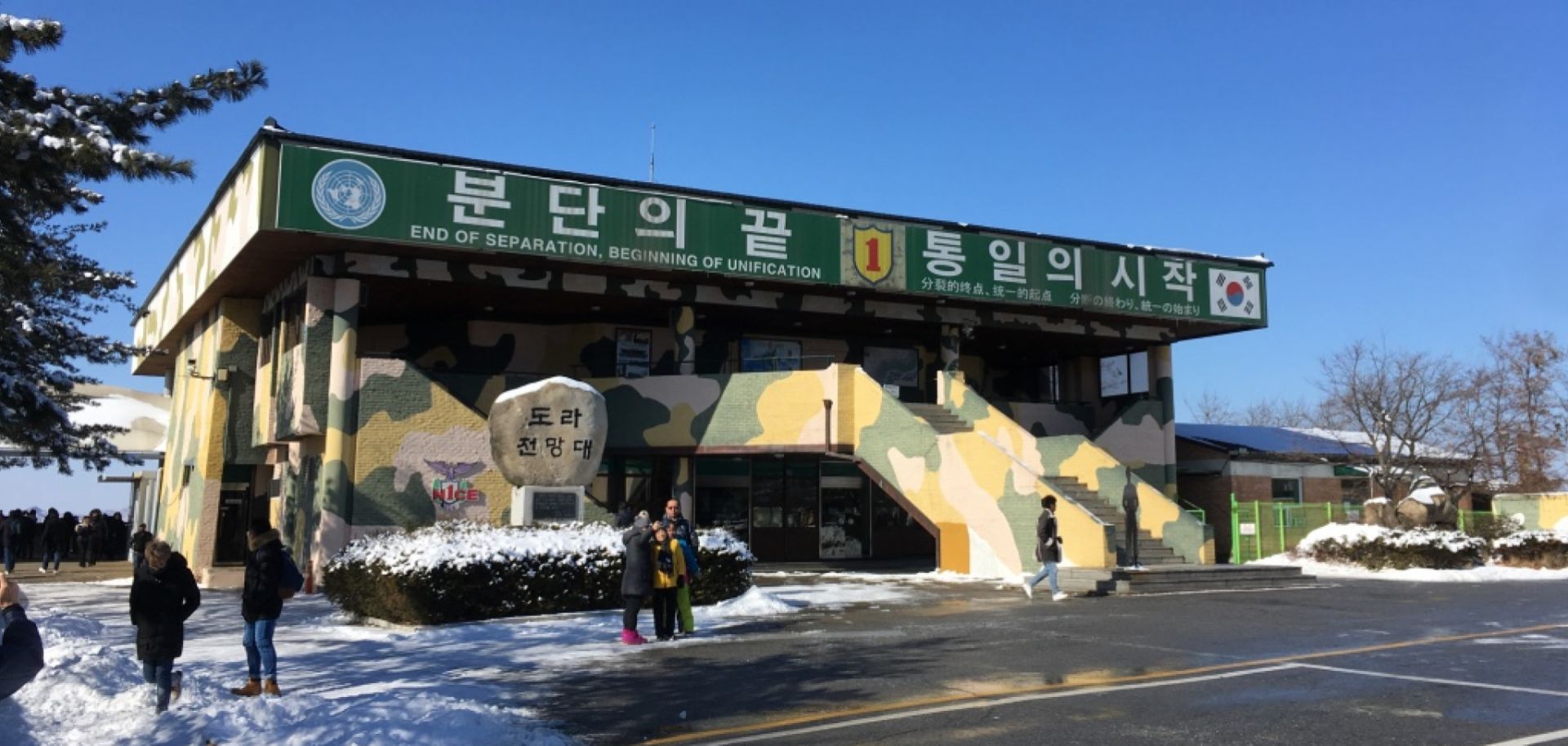There is perhaps no place on earth that packs more geopolitical dynamism per square kilometer than the Korean Peninsula. Less than one-third the size of Texas, the peninsula sits between some of the world's largest and most powerful countries, with China to the west, Japan to the east and Russia to the north. This small landmass contains both one of the world's largest and most technologically advanced economies, South Korea's, and one of the most reclusive and rogue states, North Korea.
The dichotomy originated in the Cold War, when the Korean War of 1950-53 served as one of the era's first and most important flashpoints. As the dust settled, South Korea embraced capitalism and aligned itself with the United States, while North Korea developed a state-dominated system guided by the principle of Juche, or self-reliance. Their respective governments, social norms and foreign policy alignments have only continued to diverge. The divergence...



